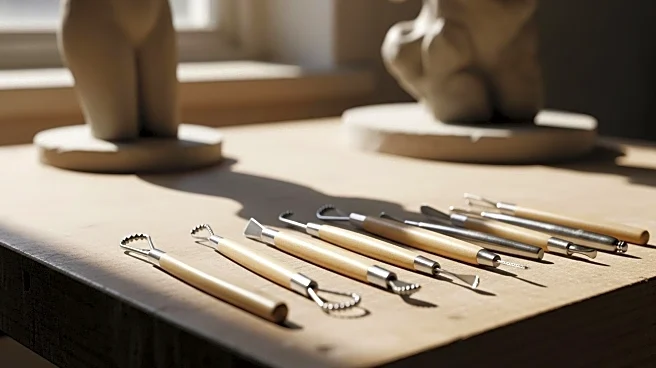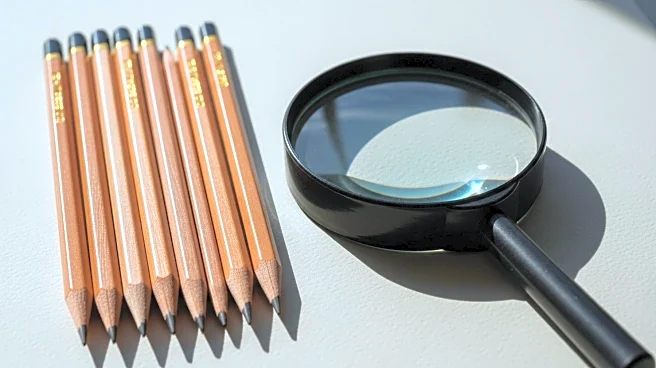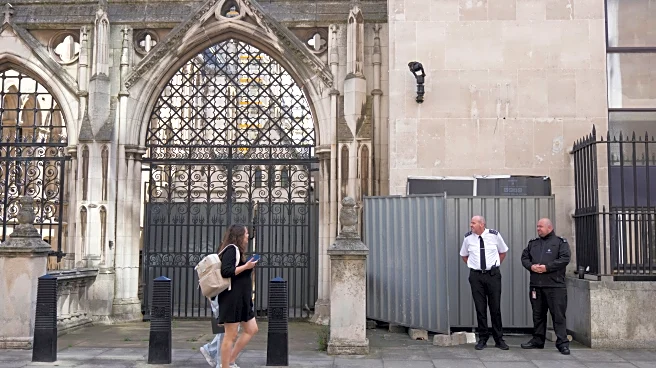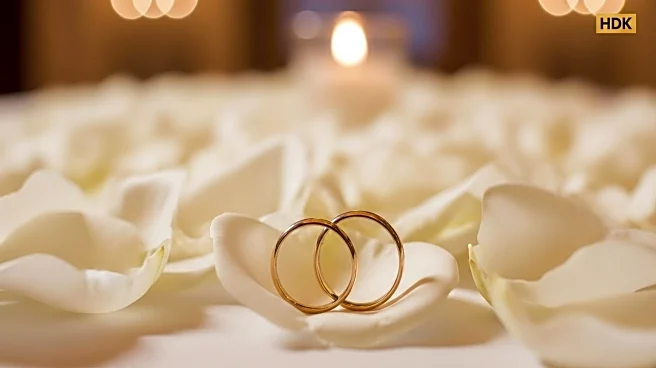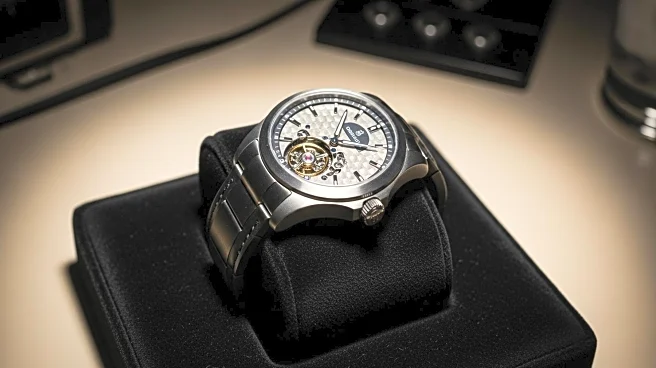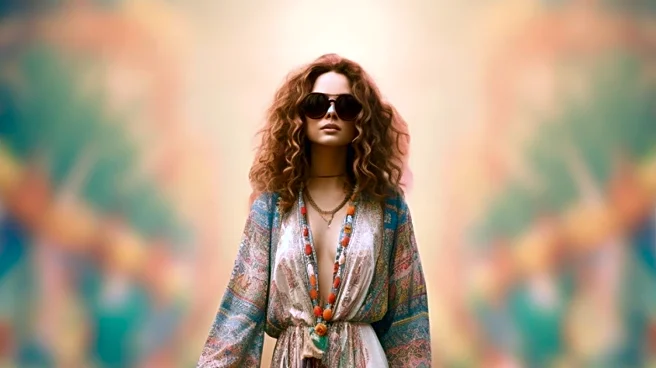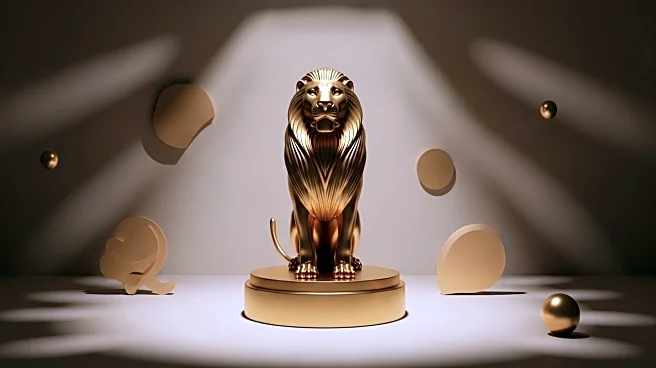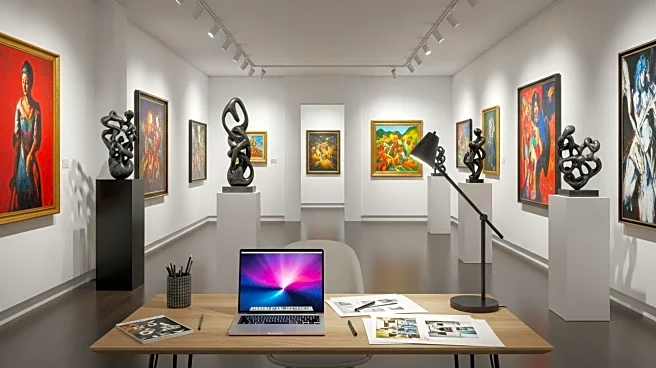Creating a sculpture is a complex process that begins with an idea and culminates in a tangible work of art. Sculptors often start with sketches or models to visualize their concepts
before selecting the materials that best suit their vision. The choice of material is crucial, as it influences the techniques used and the final appearance of the sculpture. Common materials include stone, metal, clay, and wood, each offering unique properties and challenges.
### Techniques in Sculpting Sculptors employ various techniques to shape their materials into desired forms. Carving involves removing material to reveal the sculpture
within, often used with stone or wood. Modeling is the process of adding material, typically clay, to build up the sculpture. Casting involves creating a mold and pouring liquid material, such as bronze, to form the sculpture. Each technique requires skill and precision, allowing the artist to manipulate the material to achieve the intended design.
### The Sculptor's Workshop The environment in which a sculptor works is integral to
the creation process. A workshop is equipped with tools and equipment necessary for sculpting, including chisels, hammers, and kilns. Safety is paramount, as sculpting can involve heavy materials and sharp tools. The workshop is a space for experimentation and refinement, where ideas are transformed into reality through meticulous craftsmanship.
### Challenges in Sculpture Creation Creating a sculpture presents several challenges,
from technical difficulties to artistic decisions. Sculptors must consider the structural integrity of their work, ensuring it can support its weight and withstand environmental conditions. Artistic challenges include achieving the desired expression and form, balancing aesthetics with practicality. Despite these challenges, the process of sculpting is rewarding, offering artists the opportunity to bring their visions to life.
### The Impact of Sculpture Sculpture has a profound impact on both the artist and the audience. For the artist, it is a means of self-expression and creativity, allowing them to explore new ideas and techniques. For the
audience, sculpture offers a visual and tactile experience, inviting viewers to engage with the art on multiple levels. Whether displayed in public spaces or private collections, sculptures enrich our environment and culture, leaving a lasting impression.
For the benefit of users - Parts of this article may include content generated using AI tools. Our teams are making active and commercially reasonable efforts to moderate all AI
generated content. Our moderation processes are improving however our processes are carried out on a best-effort basis and may not be exhaustive in nature. We encourage our users to consume the content judiciously and rely on their own research for accuracy of facts. We maintain that all AI generated content on our platform is for entertainment purposes only. To know more about how we use AI, you can write to us at support_spaces@glance.com
